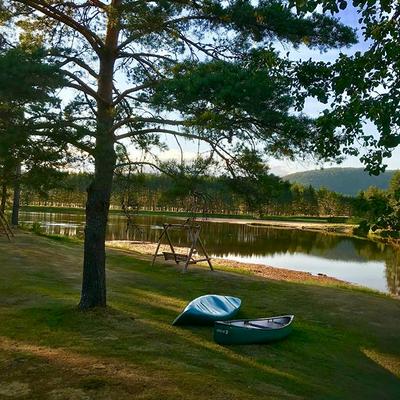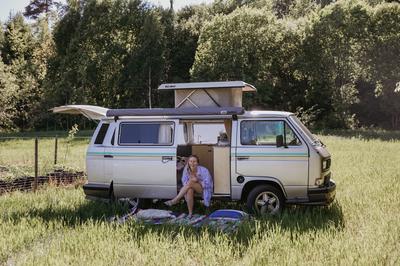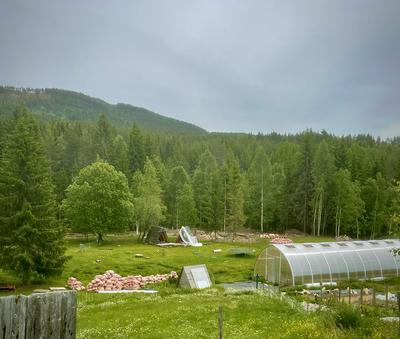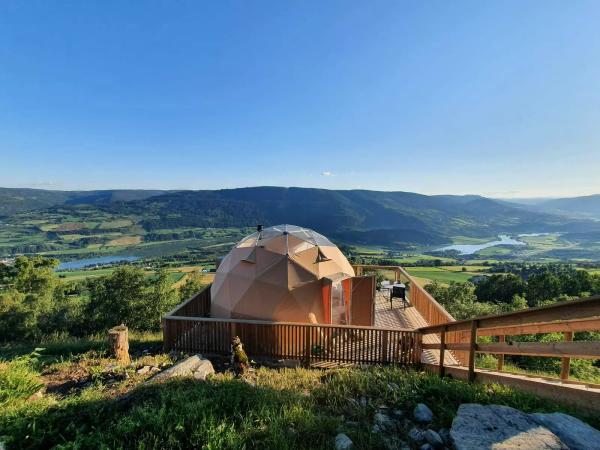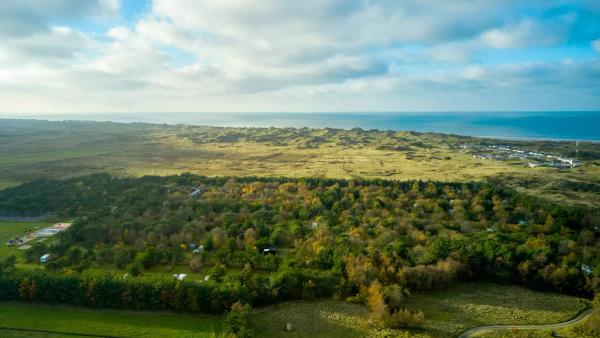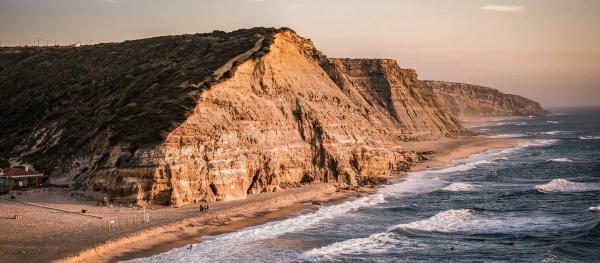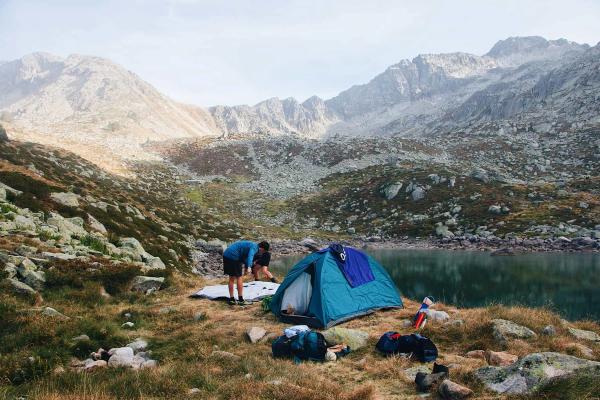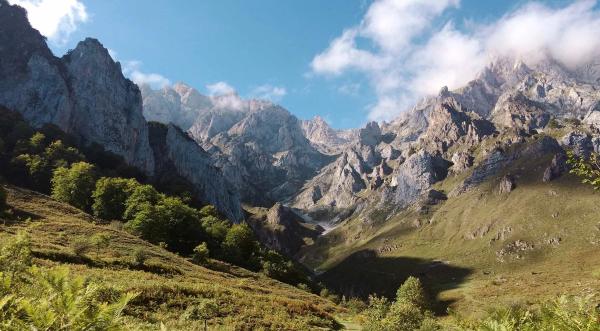
Camping in Norway
Find the best areas and places for camping in Norway - explore the best campsites, RV parks, tentspots, cabins, and glamping sites across the country.
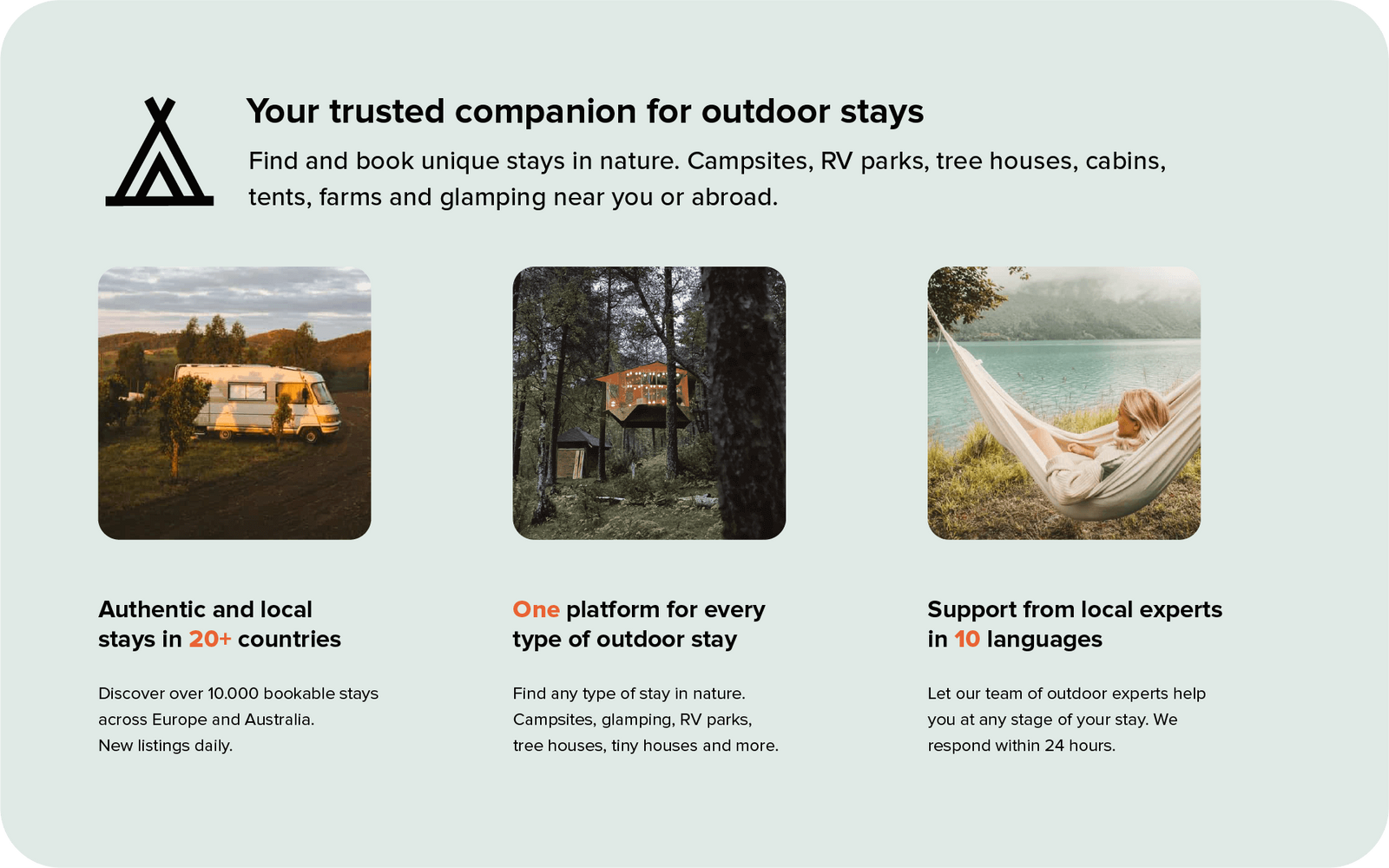
Insider tips for camping in Norway

My favorite camping route in Norway is going through Gudbrandsdalen, then over to Loen and Hoddevik. On the trip, you can experience historical Norwegian valley settlements, rafting in the Sjoa river, summer skiing at Strynefjellet, the picturesque lake Lovatnet, and Hoddevik beach, on one of the most iconic surf spots on the Norwegian west coast.
- Rikke (25), Author of the book “Vanlife Norway”
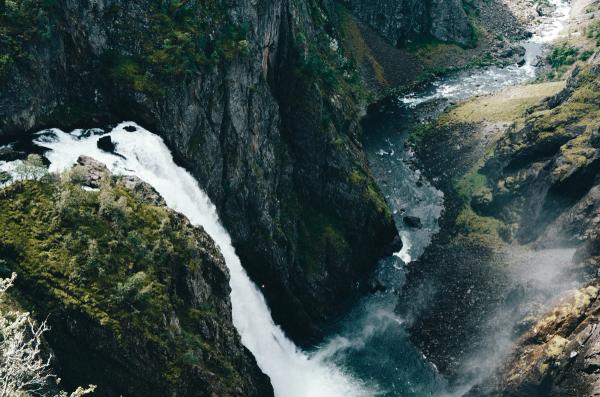
“The drive from Oslo to Bergen the perfect for a long weekend road trip, as you can experience mountains, fjords, and ocean landscapes in one trip between two key regions. I suggest taking a different route back and forth. Make sure to leave some room for spontaneous detours to fjords or hikes in the surrounding areas, such as Vøringsfossen, Odda, or Voss"
- Pernille (28), traveled over 100,000 km by road in Norway.
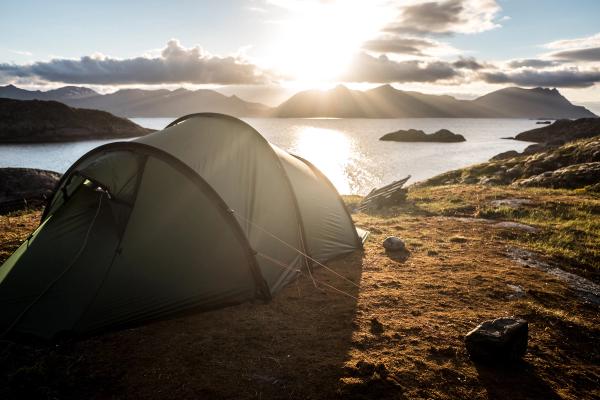
“When I’m traveling for more than a week, I usually bring my own tent. This allows me to have some cheap overnight stays at campsites in nature. I usually like to mix it up with some more comfortable glamping stays across during my trip. This both saves money and gives a lot of flexibility for the trip, plus it is often more social at campsites”
- Kristine (34)

“The coastal route Kystriksveien from Steinkjær to Bodø is a great starting point for camping on the the coast of Helgeland. The route connects the mainland and islands through ferries up the coast. I suggest taking soem extra time on detours to Torghatten, Herøy, Dønna, and Saltstraumen. If you still have time when you get to Bodø, take the ferry to Lofoten to explore “lofotfiske” and the magnificent landscapes”
- Stine (32)
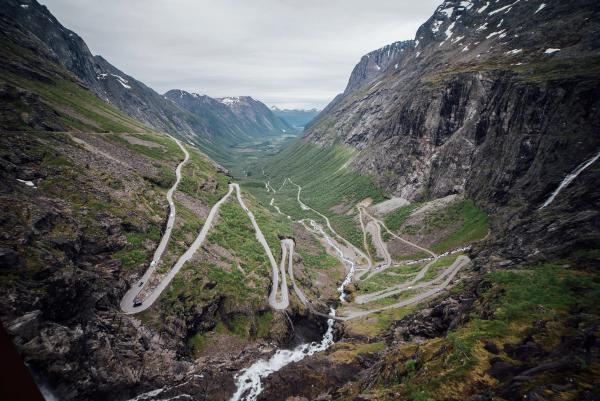
“The northwest around Åndalsnes is the perfect destination for an active camping holiday in Norway. The area offers impressive fjord scenery, from the epic drive Trollstigen, to the viewpoint Rampestreken, the beautiful valley Innerdalen and epic ocean scenery in Atlanterhavsveien. If you’re looking for lots of spectacular hikes, these are one of the best areas in Norway”
- Tor-Arne (49).

One thing I've learned after many years of camping in Norway is to always have an extra set of clothes and a good sleeping bag in the car. You never know when the weather will change; staying warm and dry is important. It's also wise to be prepared for different weather conditions and be open to adjusting plans according to the weather.
- Kari Hansen, (42), experienced camping and "friluftsliv" enthusiast.
Popular destinations for camping in Norway
Norway's breathtaking natural landscapes and remote countryside provide an ideal setting for camping enthusiasts. The country boasts an extensive range of camping sites, often located in secluded and picturesque areas, allowing visitors to fully immerse themselves in nature. Moreover, those seeking a quick getaway can find many camping opportunities conveniently located just outside urban centers throughout the country.
Camping by the fjord in West Norway
Camping alongside the fjords in Western Norway is an unparalleled experience. Stretching from Stavanger in the south to Kristiansund in the north, this region boasts breathtaking scenery characterized by towering mountains, meandering fjords, and awe-inspiring coastal landscapes. Visitors can marvel at natural wonders such as Geirangerfjorden, Sognefjorden, and Hardangerfjorden, as well as glaciers like Folgefonna and Jostedalsbreen while exploring iconic hiking trails such as Trolltunga and Preikestolen.
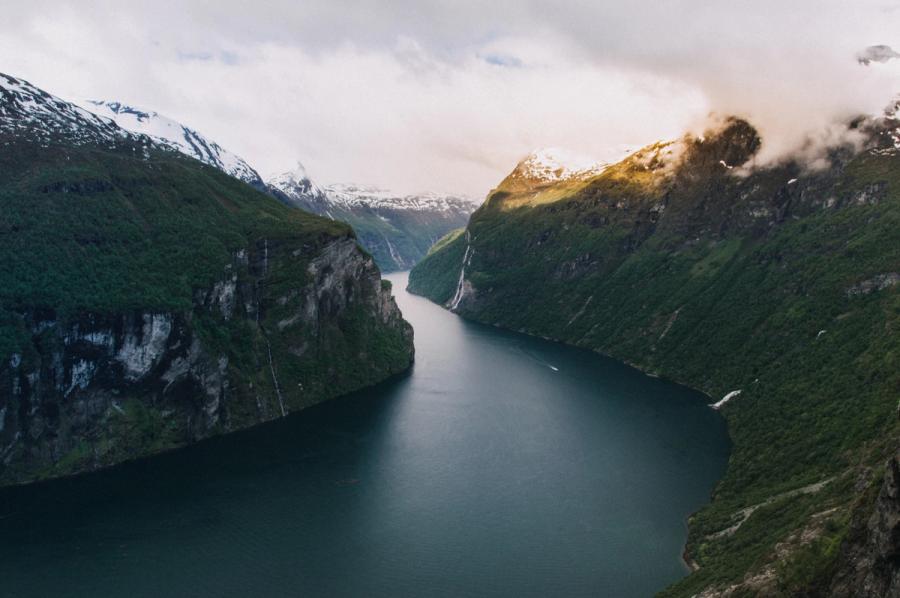
Camping by the archipelago in Southern Norway
Spanning from Kristiansand to the Swedish border, this region is characterized by a stunning "skjærgård" or archipelago, composed of numerous small islands and skerries. Between June and August, this area attracts many Norwegian tourists seeking a summer retreat. The region is renowned for its "skjærgårdsidyll" or the ideal coastal summer vibes, where visitors can enjoy tranquil waters, picturesque landscapes, and milder weather perfect for relaxing on the beach or exploring the rocky islands. Consider bringing a stand-up paddleboard or kayak on your camping trip for a unique experience and to find the perfect camping spot by the sea.
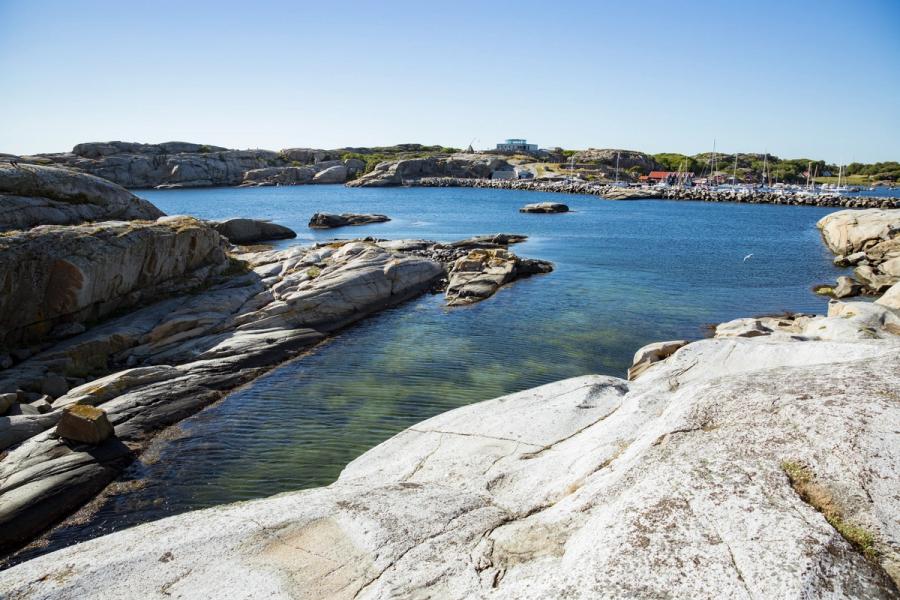
Mountain Camping in Lom and Jotunheimen
Nestled in the heart of southern Norway, Jotunheimen is a mountainous region that boasts some of the country's highest peaks, including Galdhøpiggen and Glittertind. Visitors can embark on the spectacular hike up Besseggen Ridge, one of Norway's most popular trails, and take in the breathtaking views of the rugged and remote landscape. The region's raw natural beauty makes it an ideal destination for camping, allowing visitors to fully immerse themselves in nature and experience the serenity of the mountains.
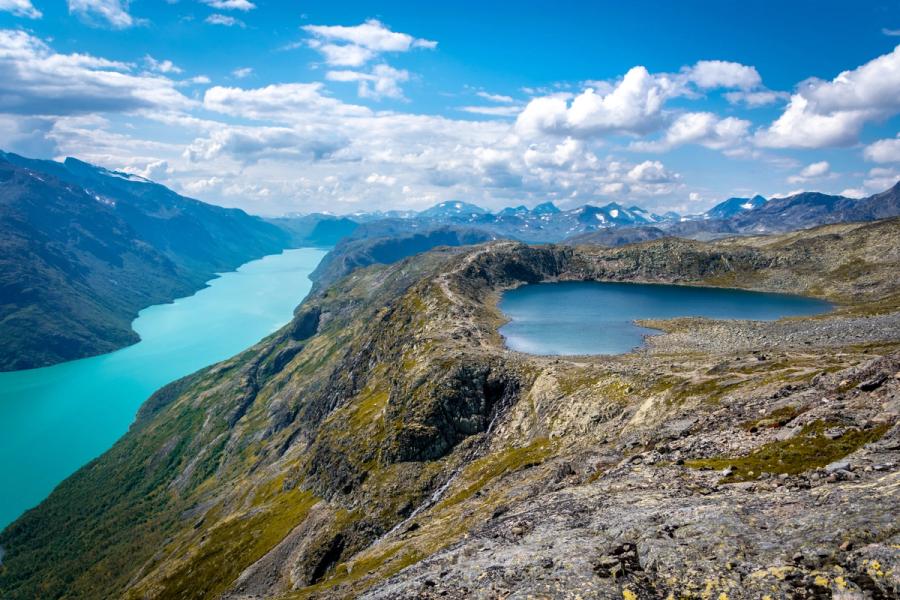
Breathtaking camping on the coast of Helgeland
This mystical coastline spans from Lofoten to the southern part of northern Norway and is characterized by small fisherman's settlements, pristine white beaches, crystal clear waters, and mythical mountains that seem to rise out of the ocean, such as "de Syv Søstre," "Torghatten," "Træna," and "Lovund." In addition to hiking, visitors can enjoy popular activities such as cycling, kayaking, and island hopping, making this region a must-visit for adventure-seekers. The unparalleled beauty of this area is sure to leave a lasting impression on anyone who experiences it.

Camping adventure to Lofoten islands
These remote islands, located just above the Arctic Circle, boast steep mountains, long white beaches, and turquoise waters, making them one of the most sought-after camping destinations in Norway. During the summer months, visitors can enjoy 24-hour sunlight, providing the opportunity for midnight hikes and round-the-clock surfing. Meanwhile, the winter offers spectacular Northern Lights displays and excellent free-skiing conditions. Whether you're seeking outdoor adventure or simply wish to bask in the breathtaking scenery, the Lofoten islands offer an unforgettable camping experience that will leave you in awe.
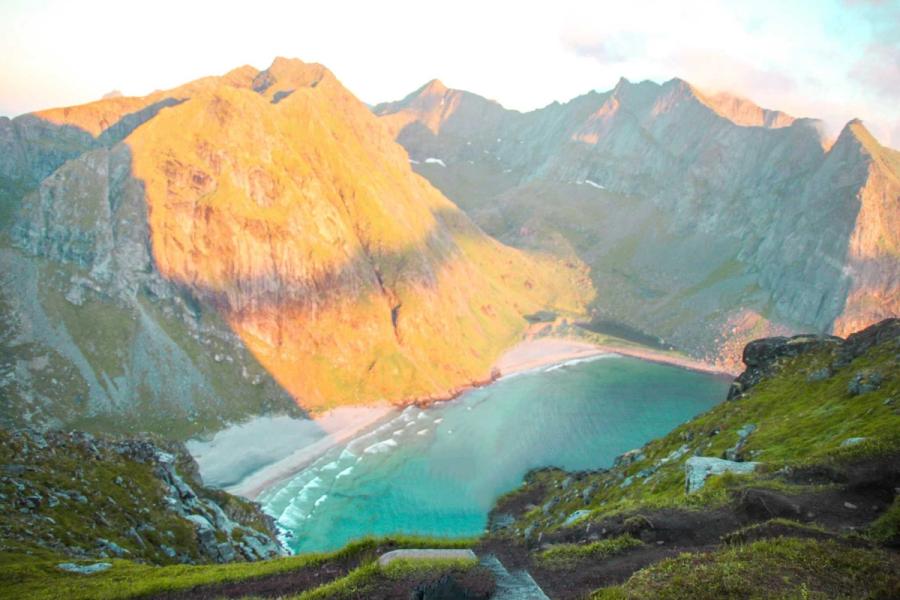

5 things to consider when planning a camping trip in Norway:
1. Be prepared for all types of weather.
Both summer and winter, the weather can vary quickly depending from area to area. It’s a common mistake to get fooled by the warm sunny weather in a mountain valley or at the beach. At higher altitudes or at night it's not uncommon for the temperature to drop below zero degrees celsius. It might snow even during summer, so bring wool-base layers for any season. Make sure to research the weather forecast in advance and bring suitable clothes and gear.
2. Focus on specific areas, instead of trying to do it all.
Norway is a long country where connections between cities often depend on narrow mountain roads or ferry connections. To avoid spending lots of time traveling we suggest you spend some time researching what you want to see and understand connections between places before planning which areas you will focus on.
3. Take the time to plan your route.
If you are traveling by road take the time to plan your route and check it carefully based on the size of your vehicle to avoid large detours. Most of the main roads in Norway can range from highways to narrow country roads within a few miles. Several of the roads Many roads be narrow with just room for one car in each direction. Pay special attention to mountain passes, as they can be very steep with sharp hairpin bends and chances of snow or freezing points. Between September and April, many mountain passes are closed or with limited capacity due to snow storms.
4. Save time and stress by booking a stay
In Norway, free camping is legal in most places due to the “right to roam” act. However, it is often hard to find good camping spots, and the best places often get occupied quickly. To ensure you have a camp spot before arriving at your destination, book your stay in advance, so you can relax and enjoy every moment in nature!
5. Factor in when the sun sets
Due to the proximity to the pole, the length of the day depends on the season and the longitude of the location. By traveling a few hours north, the sun might set up to an hour earlier or later than your previous location. In July, the sun sets at 10:30 PM in Kristiansand, while there is the mid-night sun in Tromsø. In January, Tromsø has polar nights without any daylight, while you have daylight from between 9 AM - 4 PM in Kristiansand. Make sure to check this in advance to avoid surprises.
Activities to do on a camping trip to Norway
On a camping trip to Norway you have endless opportunities for outdoor activities. In summer hiking is very popular due to the numerous mountain tops across the country. Kayaking, mountain biking and kitesurfing are also popular. There are good surfing spots on the west coast or in Lofoten. During winter, cross-country skiing is the “national” sport, followed by downhill skiing, snowboarding, randonee, skating and snowkiting.
Norms and regulations for camping in Norway
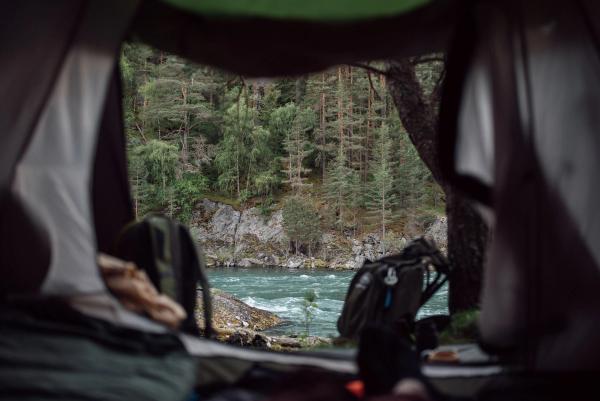
Wild camping in Norway (with a tent)
The Norwegian “right to roam” act allows anyone to stay overnight in a tent anywhere in nature in Norway as long as it is +150 meters from the nearest house/cabin/farm. If you need to wild camp you can stay for two days in one place. This is sometimes restricted or discouraged by the local community in some tourist areas, such as the western fjords and Lofoten. To reduce the environmental impact of tourism in Norway and out of respect for the local population, we recommend staying at a campsite or similar.
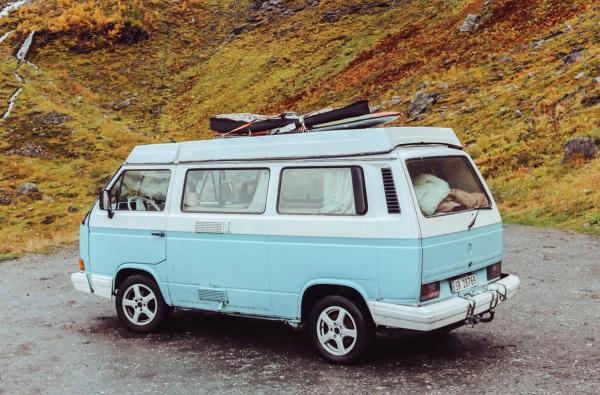
Motorhome parking
Anyone has open access to nature in Norway. In principle, you can also spend 1-2 nights freely with a motorhome or campervan along the road, in resting areas, free parking spots, and similar public parking spaces, as long as you behave considerately and do not camp near buildings. However, driving off paved roads with a campervan is prohibited as it impacts nature. The municipalities can set restrictions for the parking of motorhomes and camping, such as inside cities and popular tourist areas. Generally, if you need to stay outside a campsite or RV park, a golden rule is to follow local signage and avoid making a camp and having "camping behavior".

Bonfires and BBQs
While camping in Norway, you are generally not allowed to make a bonfire in summer. Between the 15th of April and 15th of September there is a general ban on fireplaces across the country. This applies primarily in forests and outfields to fires such as bonfires, disposable grills, fire pans and other open fires. During the remaining months, bonfires are allowed on a national level. But beware that there are often large local variations, based on the local fire risk. Please follow the forest fire hazard index at the Department of Meteorology before building a campfire.
Frequently asked questions about Camping in Norway:
What is the best time to explore nature and camp in Norway?
The best time to camp in Norway and avoid the crowd while having stable weather is in spring, between easter and the summer. In Norway, the summer warmth typically starts in May, a month where you still can experience snow and skiing in the mountains while having longer and milder days. Luckily, due to its connection with the Gulf Stream, Norway is much warmer than what is common for such arctic countries, especially along the coast and in southern Norway. The warmest month is July with an average high temperature of 21,5°C and an average 20 hours of sunlight, with midnight sun across the arctic circle. January is the coldest month, with an average high-temperature of -1,8°C and around 6 hours of sunlight in the south. The month with the least rainfall is February, while the wettest month is September. However, the weather and temperature might have large variations year-on-year due to the arctic climate. If you’re looking to go hiking, the best time to go is late summer, as you will have less snow in the mountains and most hiking trails are open, as opposed to early summer. Many roads from east to west across the mountain ranges are closed during winter, typically until late spring.
Is camping in Norway family-friendly?
Yes, camping in Norway is popular with children and most camps are open to families. Most popular outdoor activities in Norway are family friendly. During winter, short cross-country skiing trips, alpine skiing, and sledding are winners with the kids. During summer, there are many family-friendly hikes––just check with a local guide before you go. Several rafting and watersports activities also offer family-friendly packages.
Are pets allowed in campsites in Norway?
Yes! There are several opportunities if you want to bring your pet on a camping trip to Norway. We recommend checking which passport, paperwork and vaccination your pet needs before bringing your pet camping in Norway. You can find all the glamping and campsites that accept pets in Norway here.

